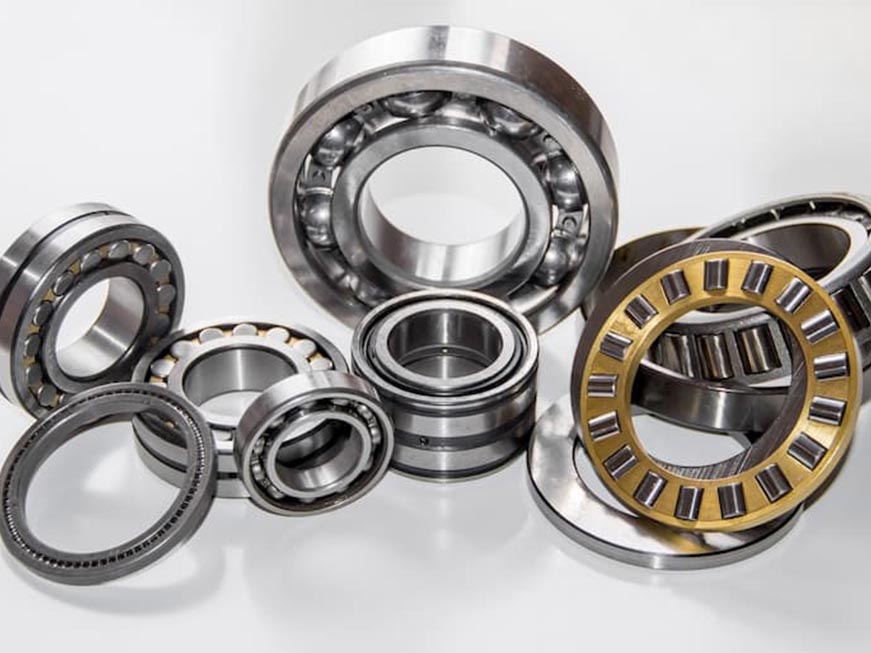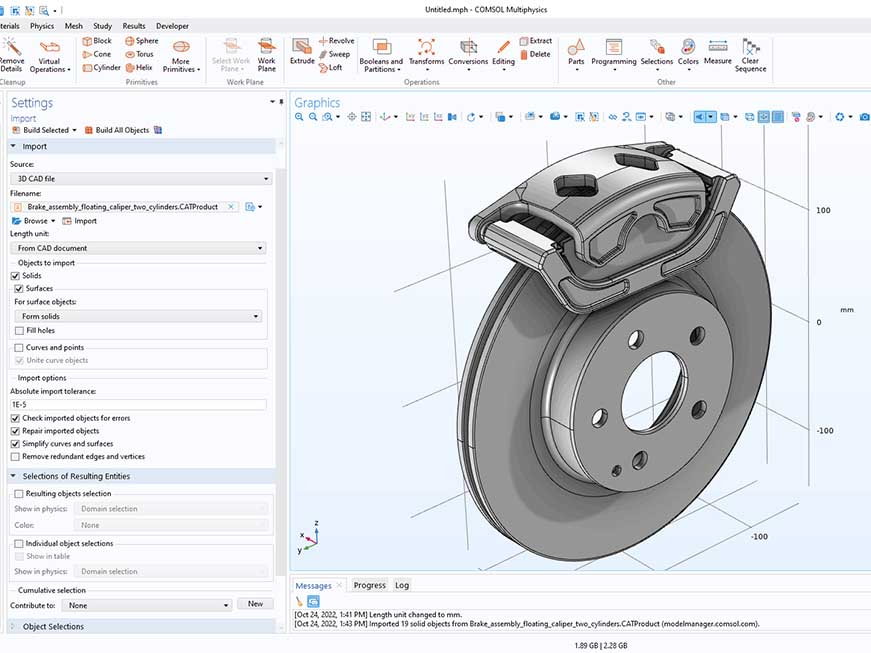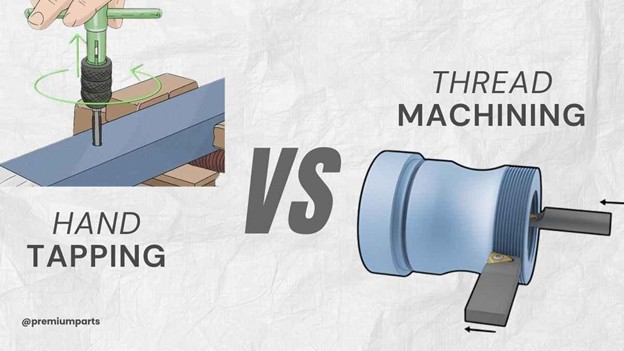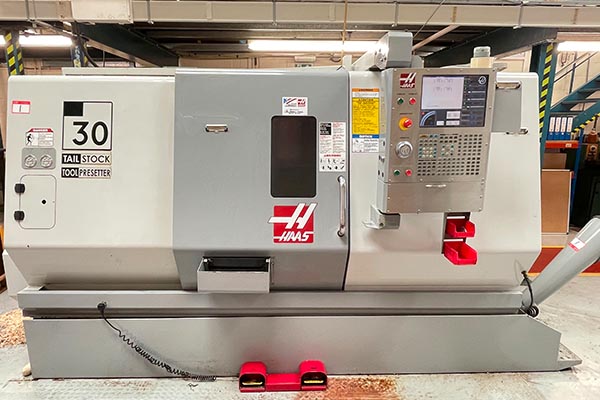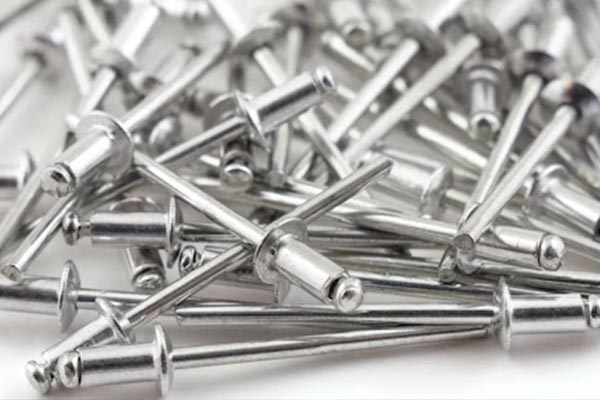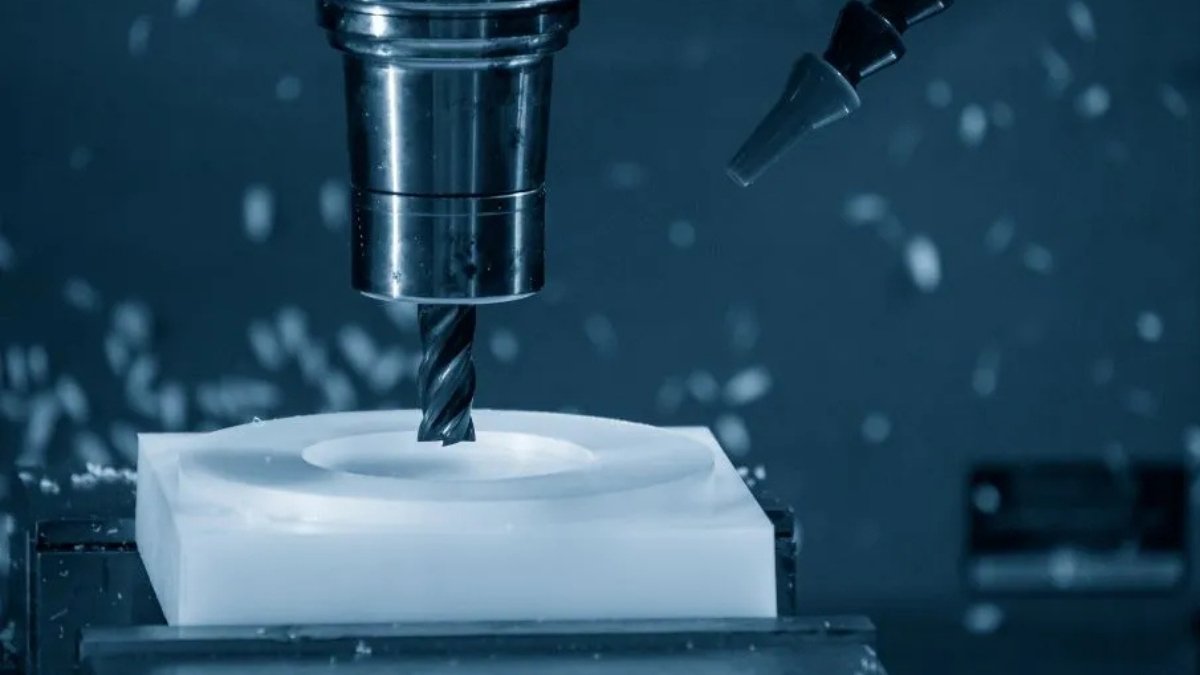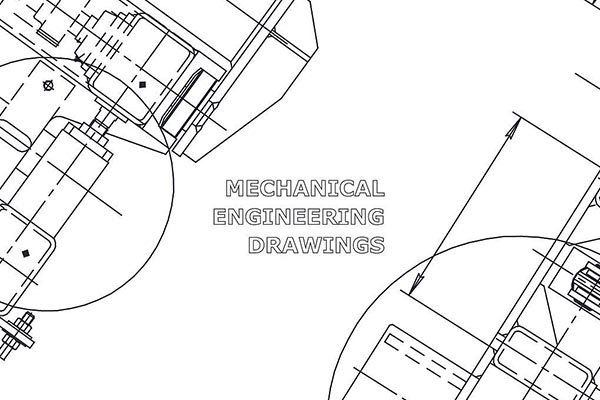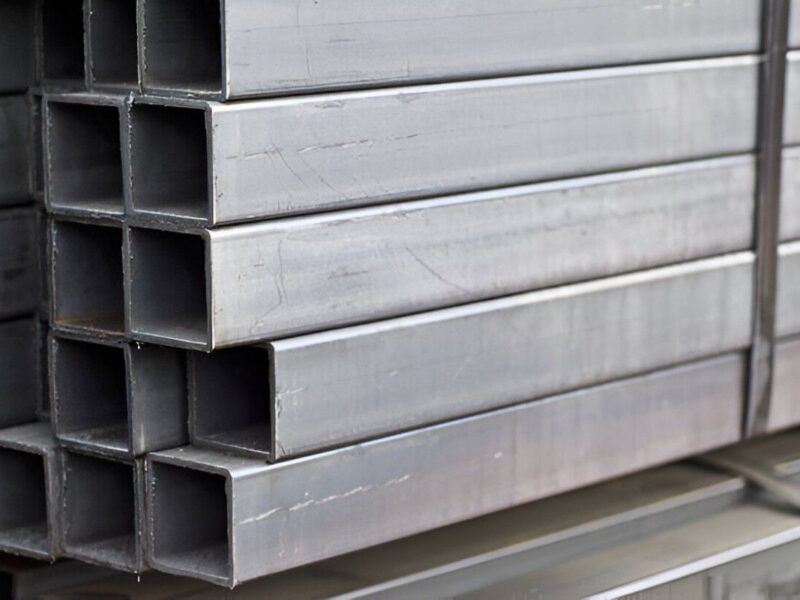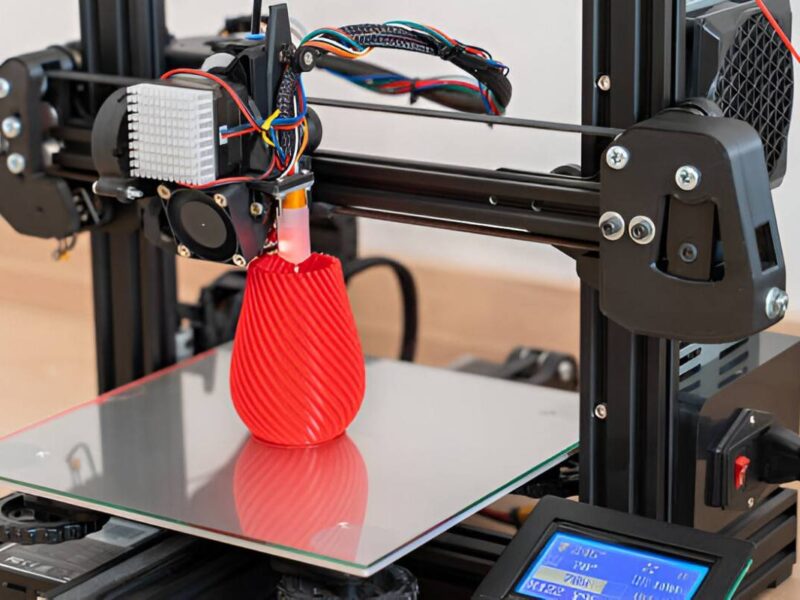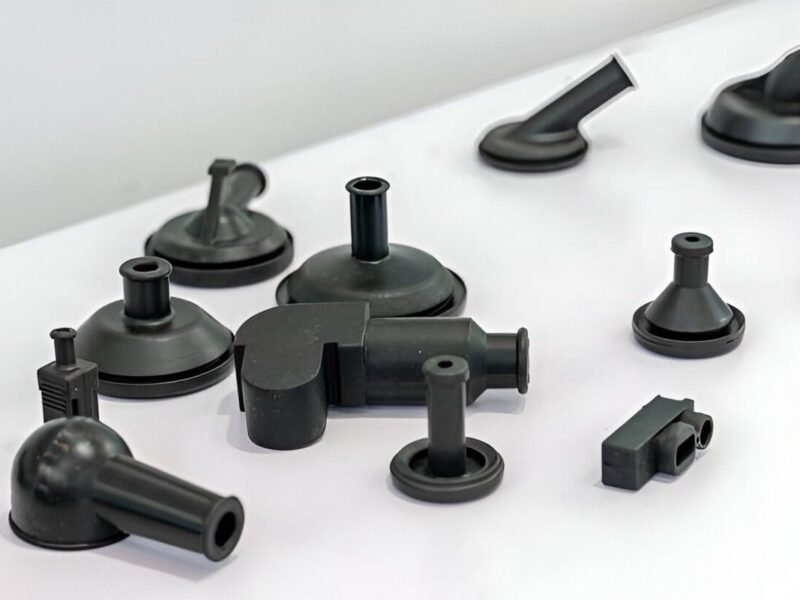In CNC machining, tolerance defines the acceptable variation in part dimensions, while allowance is the intentional gap or overlap between mating parts. Two common terms ”Tolerance vs Allowance” are used interchangeably, and these are mostly misinterpreted or used synonymously. So, it’s important to understand the key differences between the two and know when to use each one.
This article breaks down tolerance and allowance and explains why they matter in CNC machining. You’ll learn what each term means and how it affects your machining work. We’ll also look at how they impact cost, production speed, and overall part quality.
What is Tolerance?
When you compare, Tolerance vs allowance, tolerance always centres around allowable permissible variation. It outlines the range of variation of the dimension of a part. Consider a situation where you are machining a shaft, and it should be 20mm in diameter. In a condition of the tolerance of +/- 0.1mm, the shaft could be between 19.9mm and 20.1mm. It provides you with flexibility and does not compromise on functionality.
Tolerance regulates the required accuracy of machining. The narrower the tolerance is, the greater the precision machining process must be. A reduced tolerance requires advanced machinery and close checks. However, there is a twist to this: precision is expensive. The tighter the tolerance is, the more costly the process is.
Consider a practical context: In machining critical parts such as the gear part of high-performance engines, the tolerance needs to be very tight. A more lenient tolerance may be acceptable on sections of lesser significance. This would save time and money.
What is an Allowance?
On the other hand, allowances deal with the way two pieces connect. Consider a hole with a shaft fitting in it. The allowance enables how much relief (or interference) may exist between these two pieces when assembling. Basically, it gives you the wiggle room in parts.
There are three types of allowances:
- Clearance Allowance: Clearance ensures free movement. It is typical in sections that are required to rotate, e.g., a shaft in a bearing.
- Interference Allowance: This applies to the parts that rigidly assemble, e.g., a press-fit. The components can be so tight that they need force to fit in.
- Transition Allowance: It is somewhere in the middle of clearance and interference. It provides you with an ideal trade-off between being safe with proper fitting without the use of excessive force.
The parts require allowances to work efficiently and to last long. In case of excessive clearance, some parts can rattle or break during stress. If there’s too little allowance, the parts might not fit together at all. The correct allowance will mean parts join with minimum friction and wear problems.
Types of Tolerances
To deal with CNC machining complexities, it is crucial to understand the types of tolerances. Here is an in-depth look at various types of tolerances used in machining shops
1. Limit Tolerances
Limit tolerances establish high and low limits within which the dimension of a part may vary. This type is used in precision assemblies. To illustrate, take a bearing hole with a 50mm diameter and a tolerance of +/- 0.02mm; you are designing a rather narrow acceptability zone. To make tighter tolerances, high-resolution CNC machinery and other measuring tools, such as coordinate measuring machines (CMMs), come in as a necessity.
2. Deviation Tolerances
Deviation tolerances give the allowance for acceptable variation in part dimensions. In contrast, limit tolerances are keen on specific maximum and minimum dimensions. Deviation tolerances are flexible, as far as the manufacturing process is concerned, but the part performance is not compromised. This is essential in sections where high-cycle production occurs, where such small deviations in the production will not make an impact on the assembly.
3. Geometric Tolerances (GD&T)
Geometric tolerances (GD&T) are used to define how much a part’s shape, angle, or position can vary without affecting its function. It depicts flatness, circularity, parallelism, and perpendicularity. These tolerances are a matter of critical importance in high-precision manufacturing, like in the aerospace industry. In this industry, apart from a turbine blade, it needs to have an absolute accuracy of shape to be able to withstand immensely harsh conditions.
The GD&T methods depend heavily on datums (reference points or a plane). It can direct the proper position of the parts in the assembly. An example would be to place the hole in a part relative to a particular edge. Then, it can be uniform throughout the production line. The significance of GD&T in complicated assemblies is hard to overestimate.
4. Angular Tolerances
Angular tolerances specify the variation of angles between features on a part that is allowable. This is vital to gear assemblies, where even minor angular misalignment may lead to undue wear or even failure. Multi-axis machines are able to perform these tolerances with great accuracy. It enables the machining of rotational parts that have extreme angles.
Tolerancing Strategies in Engineering
When choosing tolerances, an effective strategy can bring benefits in terms of overall quality, cost savings, and manufacturability of the final part. Let’s discuss some advanced strategies:
General Tolerances
General tolerances apply where dimensional precision is not essential. Nonetheless, in non-critical components, tolerances must be uniform and within operational demands. High-volume production results in time and cost savings by applying general tolerances to the outcome with no impact on product reliability.
Strict Tolerances
Aerospace, medical implants, or blades of turbine components require a tight tolerance. It ensures that it can fit and work properly. The realization of such tight tolerances is achieved through the new generation of CNC machines. An adaptive control system can vary in real-time to the tool wear, material deformation, and temperature variation.
With the help of statistical process control (SPC), manufacturers can control and balance the manufacturing process to produce such tight tolerances during lengthy production runs. Still, the less accurate the machine tool, the lower the cost per part.
Functional Tolerances
Functional tolerances are used where the part is supposed to fit and serve as an assembly in a specific way. In applications, like a gearbox or a hydraulic system, functional tolerances certify that the parts will work effectively and dependably. As an example, tooth profile and pitch diameter tolerances are essential to prevent noise, wear, or failure in gear mesh analysis.
Functional tolerances are highly likely to demand special tooling or measuring equipment. This includes gear profile inspection devices or optical scanning.
Types of Allowances
The practice of allowances is important in making parts fit perfectly. The following is an overview of the advanced types of allowances applied in CNC machining:
1. Clearance Allowance
Clearance allowance allows parts to be void of interference. Hence, it is easy to operate and has a long life. A simple example is bearings or bushings, where a little clearance allowance will reduce friction and, at the same time, avoid binding of the parts. Right clearance allowance demands dimension control and complex machining processes, including turning and grinding.
2. Interference Allowance
Interference allowance makes parts fit in good contact with each other. Often, some force is needed to make them fit. This can be applied to press fits where the parts are assembled using force to create a strong, secure connection. In appliances such as housing seals or cylindrical assemblies, the interference fits keep out the leakage. It also extends the life of the components.
These allowances are highly consistent due to advanced press-fit technologies such as hydraulic presses or shrink-fit systems.
3. Transition Allowance
A transition allowance is most suitable when you need to have a balance between clearance and interference on the parts. It is regularly applied to those components that demand fine-tuning of their fits or may be subject to disassembling in the future. As an example, automotive assembly or electronic housings often have parts that need transition fits. That easily assembles and maintains the parts without damaging them.
Tolerance Vs Allowance Significance In Engineering
Tolerance and allowance have a direct influence on product performance, efficiencies of manufacturing activities, and cost.
Impact on Performance
The right tolerance and allowance make parts smooth in a high-performance application, such as in aerospace or automobile engineering. To illustrate this, the tolerance of the engine components is very accurate to provide better power transmission and fuel economy. The lack of tolerance or allowance may cause misalignment. This will lead to a part failure, decrease its life, or cause safety risks.
Cost Efficiency
Engineers can eliminate unnecessary costs and production time by choosing the right tolerances and allowances. With sophisticated CNC, such as adaptive control systems, we can make corrections in real-time. This increases machining accuracy and minimizes the chance of a very costly error.
Product Longevity
The allowance determines that the parts will not wear out too soon. The tolerances will ensure the manufacture of the parts quite consistently. Appropriate allowances avoid friction and unacceptable wear. In comparison, tolerances allow the part to have acceptable performance during its useful life.
Tolerance Vs Allowance: Key Difference
- Purpose: Tolerance is the range of variation of the dimensions of individual parts that are permitted. While allowance is the term referring to the interaction between two mating parts to guarantee the proper fitting of the parts.
- Scope: Tolerance is concerned with the dimensions of a part. On the other side, allowance is concerned with the fit between two parts.
- Effect on the Production: Tolerance influences the accuracy of the manufacturing of a given part, whereas allowance influences the assembly of the parts to ensure that they fit together as desired.
Tolerance Vs Allowance: Applications
Here are the common applications, where both of these terms are used most frequently;
- Automotive Industry: Engine components, transmission systems, and the brake system require tolerance. The allowances will make the parts, such as bearings and gears, fit properly and minimize friction. It also maximizes the lifespan and makes the operation smooth.
- Aerospace Industry: The aerospace industry does require such tight manufacturing tolerances. Allowances on the other features, like clearance holes and rotating shafts, are correlated to produce high-performance reliability of aircraft engines.
- Medical Devices: In the manufacturing of medical devices, tolerance and allowance are necessary for implant and surgical tools. Tolerance errors can have disastrous effects. Therefore, precision is critical to functionality and patient safety.
Summary:
So, overall, tolerance vs allowance are not just technical terms in CNC machining. They are vital in ensuring parts fit, performance, and longevity. In the aerospace industry, automotive industry, or even the medical industry, the ability to balance tolerance and allowance has major effects on the cost of manufacturing, quality and general performance.
FAQs Related to Tolerance Vs Allowance
Q1: Why are tight tolerances expensive?
Tight tolerances may demand superior machinery, fine control, and long production hours, thus elevating costs and material wastage.
Q2: Is tolerance and allowance adjustable in production?
Yes, the adjustments are allowable. They should not affect the performance of the part and the efficiency of its assembly.
Q3: What is the impact of tolerance on the quality of products?
Tolerance is key to the fit of parts. If it is too loose and the parts do not work. If it is too tight, assembly problems or failures may arise.
Q4: How do I select the correct allowance for my parts?
The proper allowance varies by the type of fit (clearance fit, interference fit, or transition fit) and the purpose of the part. Adequate balance provides performance, as well as easy assembly.


